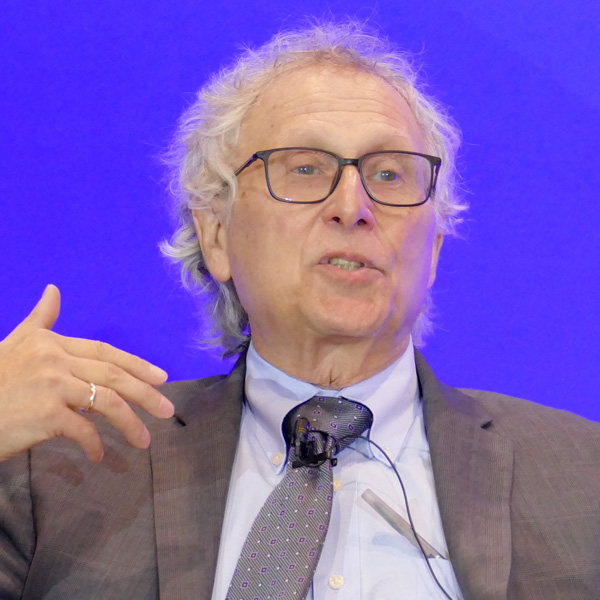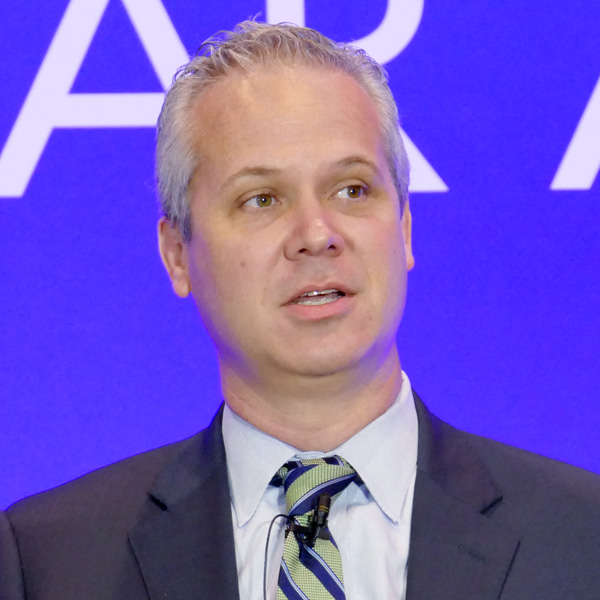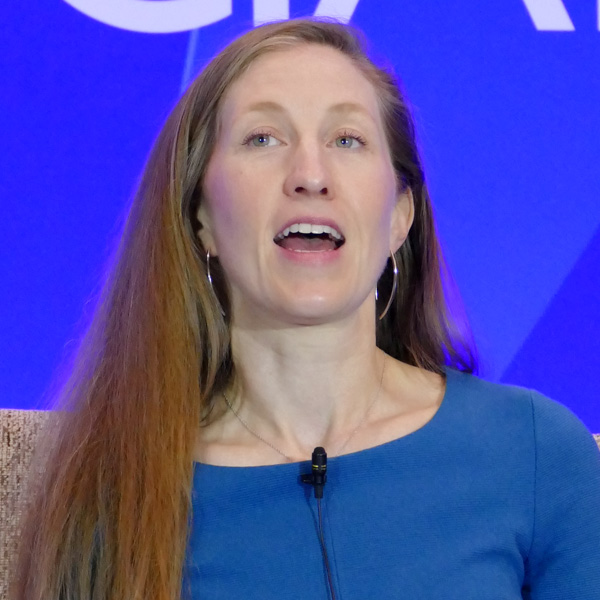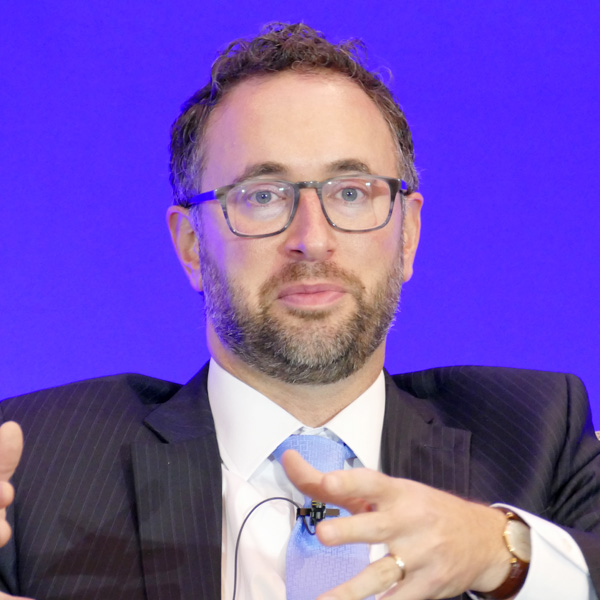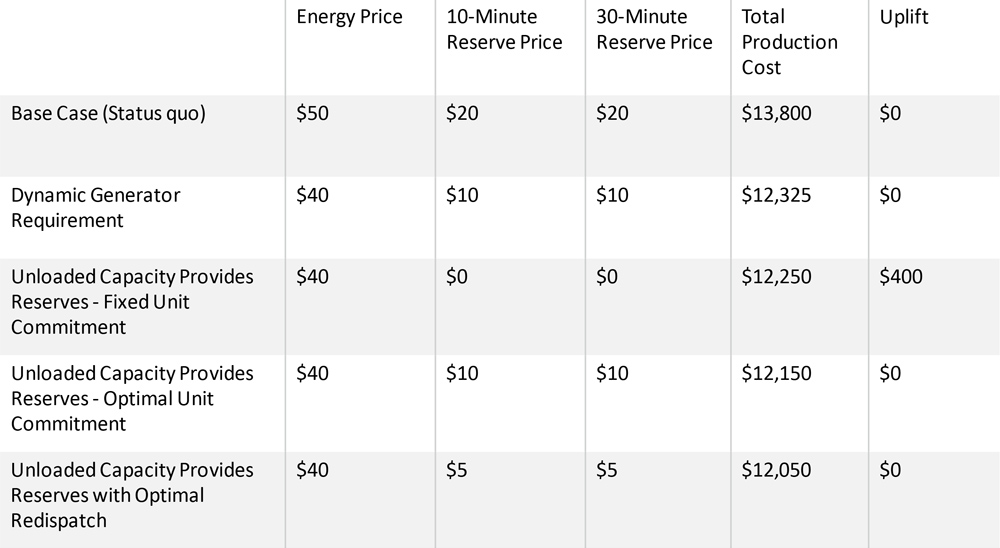The hydrogen revolution energizing green hydrogen advocates and producers in the wake of the Biden administration’s renewables push won’t happen until key players from the fossil fuel and financial sectors buy into the transition, according to a key government official charged with helping to make it happen.
Jigar Shah, a former green entrepreneur and now director of U.S. Department of Energy’s loan program office, offered the prediction Tuesday during a focused conversation at the two-day Hydrogen Americas Summit in Washington, hosted by the DOE and the Sustainable Energy Council, a global business organization. More than 600 attended.
Shah said U.S. heavy industry, including oil refineries, now uses about 10 million tons of hydrogen annually. Nearly all of it is made from methane, a process that produces carbon dioxide. Convincing the refineries to switch to buying green hydrogen would be a promising first step for the cleaner fuel, Shah said.
“The president has been very clear that we need to decarbonize the electricity sector by 2035. And the economy by 2050,” Shah said. “I don’t see a single refinery actually signing a long-term offtake agreement — not one. No one is suggesting that the refineries are going to go out of business next week. I mean, you’re talking about a hybrid system we’re going to live in for a very long time.”
Shah said he hoped the event — and others like it — will spur recognition of the need for long-term “anchor” customers for green hydrogen.
“And they’re not concerned about the volatility of the price of natural gas and hydrogen … because they’ve already picked hydrogen. Hydrogen is already being used [at the rate of] 10 million tons a year in the United States,” he said.
But he said refineries are not signing long-term offtake agreements with upstart green hydrogen producers, in part because the oil industry has been unprofitable in recent years and the long-term financial future of oil refining looks uncertain. Moreover, green hydrogen companies could look risky.
That is a real problem for green hydrogen producers that need solidly committed customers to finance expansion, he explained. They have trouble attracting both private equity investment as well as traditional formal financing because established industries are not ready to buy from them.
Shannon Angielski, a principal with Van Ness Feldman LLP, moderated the panel discussion. She suggested that the difficulty in jumpstarting U.S. green hydrogen production may also be the result of a supply chain problem.
“We’re talking about a big market here, and starting either small or going big, even with the regional hubs, there is a lot of equipment, components and other things that are really needed for that market. There are not a lot of manufacturers today, or they’re very limited and that could limit some of these supplies,” Angielski said.
“How do you look at that from a financing perspective, equity [financing] or otherwise? How do we accelerate that or send that . . . market signal?” she asked panel members.
Shah suggested that building a recognized parts supply system is not as big a problem as the green hydrogen industry itself.
He said the burgeoning industry keeps creating new business models for the use of hydrogen.
“That confuses the crap out of the finance sector because the [models] are all different. The use cases are completely different. They are not actually related to each other,” Shah said.
“Finance people think in terms of risk,” he explained. Their questions will include: “What do the standardized contracts look like? What [responsibility] does each party take on? Do I get protected if the electrolyzer manufacturer gives me a 10-year warranty? …
“Do I get protected … if the leak rates are much higher than expected, and the project is worse than what it was replacing? Is there moral harm? And if the project gets shut down and I don’t get paid back? …
“The last piece of it [investor concerns] are residual value and recovery rates,” he said. “What if the team ends up being completely incompetent, and the project itself is good, but the team can’t operate it. Is there a way to bring in a new team to actually realize that vision?”
New Finance Models Needed
The DOE’s efforts to bring more certainty to the situation include $9.5 billion in funding for governments and industries that can create the concentrated production of hydrogen and its use in a relatively small region. The agency is accepting concept proposals for these hydrogen “hubs” until Nov. 7 and is seeking full applications by April 7, 2023.
Early conversations have been disturbing, Shah revealed. “We do think that [green hydrogen producers] should strive to get offtake agreements, but I do also think that some of what we’re seeing seems slightly fanciful. There are a lot of people getting European offtake agreements with almost nothing happening in the United States,” he said.
Nicole Faucher, CEO of BEAM Group, a large private equity fund focusing on carbon-negative investments, said the problems that green hydrogen companies face “boils down” to outdated financing models.
“We can’t reinvent the future energy of how we’re going to power a better planet using yesterday’s financing models,” she said.
Faucher said current financing models will not work because the expansion of green hydrogen production requires a 20- to 40-year outlook.
“The current market is really set up in terms of venture capital hedge funds for a much shorter timeframe. We need long-term, patient, strategic capital to really move the needle on the clean hydrogen economy,” she said.
Private equity is set up to typically offer 10 years of financing, with possibly two one-year extensions on top of that. “So, you’ve got 12 years of runway there, not really enough time,” Faucher said.
Some private equity groups are now using another investment tool called “continuation funds,” an arrangement in which a second fund buys the debt from the original investor after the first 10 or 12 years.
“One of our anchors is very excited about doing a continuation fund. At that point, you’ve got 20 years. That’s what you need to move the needle on the clean hydrogen economy,” she said.
